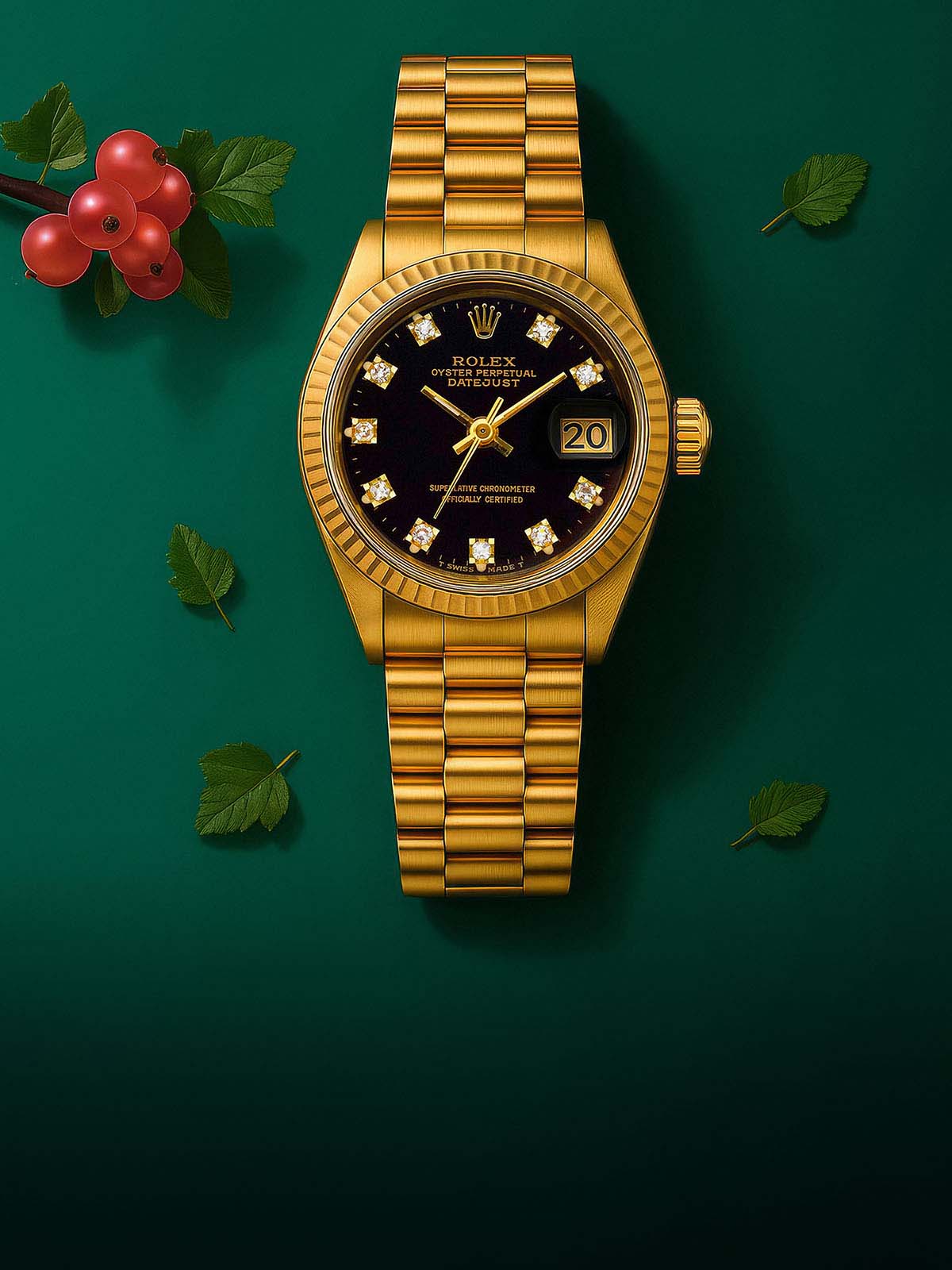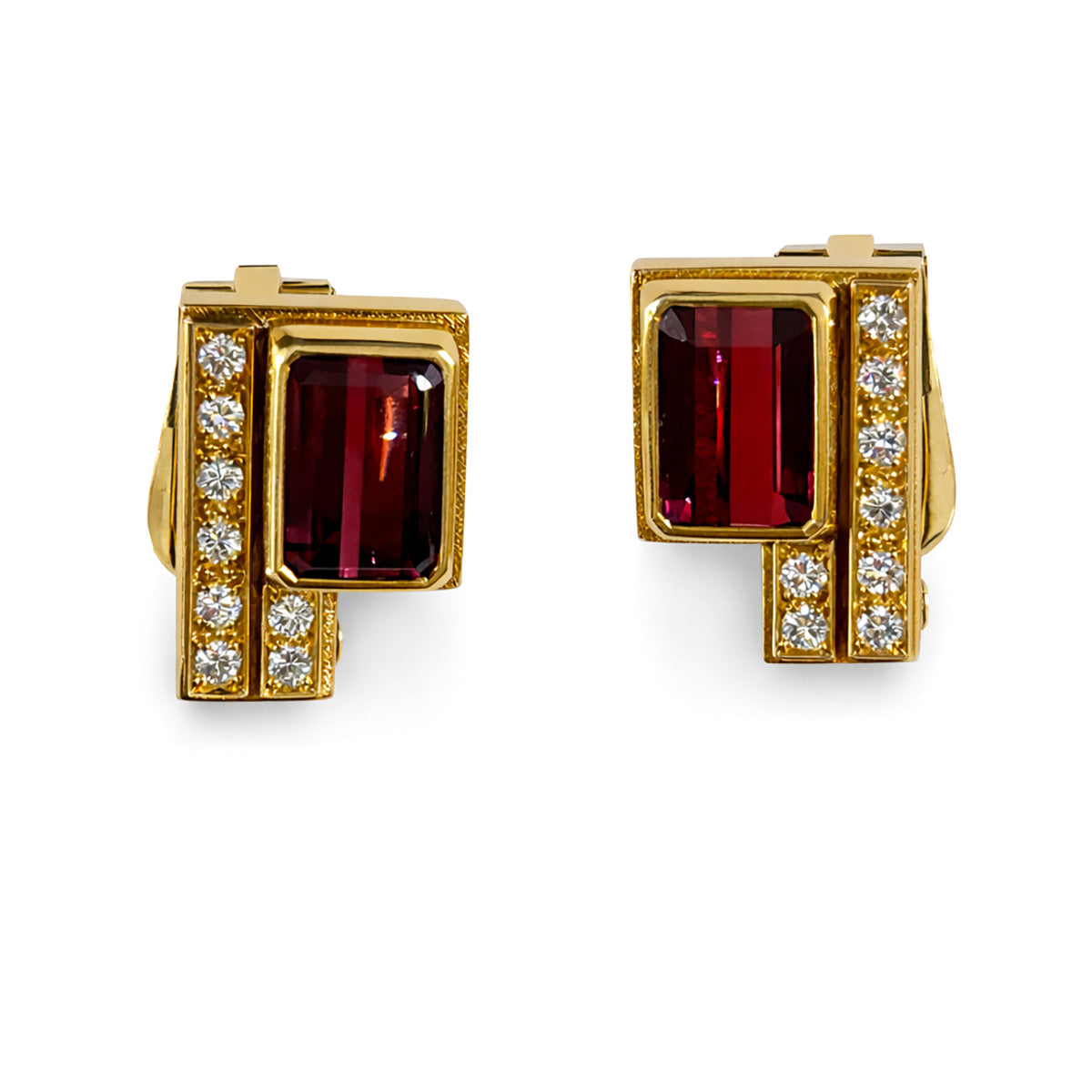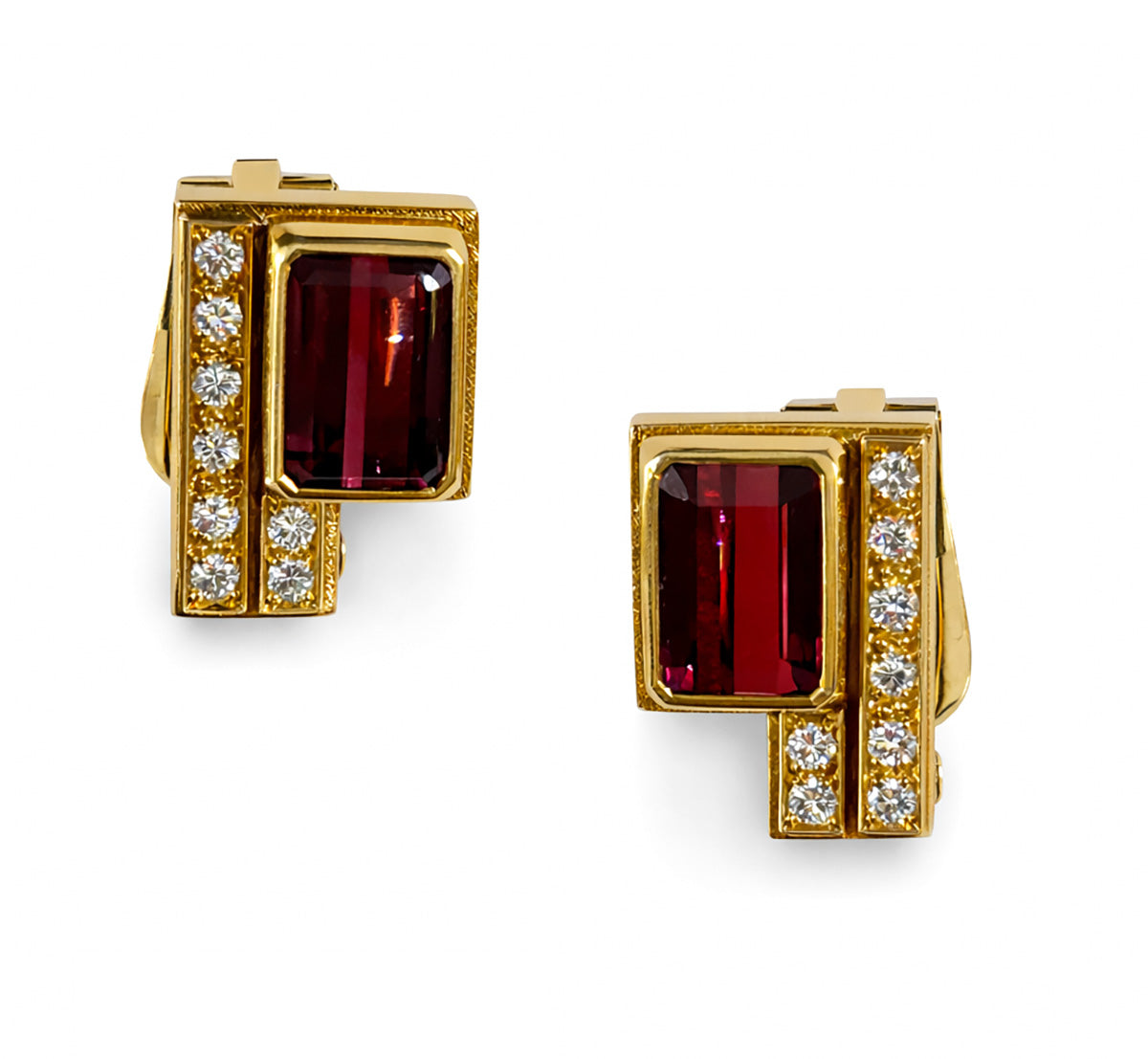The Mysterious Purple Stone More Expensive Than Gold
Archaeologists and volunteers excavating an ancient Roman site in Britain have discovered a mysterious purple stone. It turned out to be an incredibly rare substance that once "was worth more than gold".
While excavating a 1,700-year-old Roman bathhouse, on the grounds of the Carlisle Cricket Club, archaeologists and eager volunteers unexpectedly discovered a peculiar and vivid purple lump nestled within an ancient drain.
Intrigued by the mysterious find, archaeologists sent it to a laboratory for further analysis, which revealed it to be an "incredibly rare" piece of Tyrian purple dye, also known as imperial purple.
Why Is The Mysterious Purple Stone More Expensive Than Gold?
The analysis and validation of the purple dye were conducted by leading experts in the field, affirming the substance's rarity and significance.
Historically, Tyrian purple was extracted from the secretions of particular sea snail species, requiring tens of thousands of these mollusks to yield just a single gram of dye. This thorough and costly procedure ensured that the dye was predominantly reserved for society's elite, such as emperors and dignitaries, symbolizing affluence and prestige.
Frank Giecco, the principal archaeologist on the project from Wardell Armstrong, the firm managing the excavation, shared his enthusiasm about the find.
"For thousands of years, Tyrian Purple was the world’s most sought-after and expensive color. The discovery of this pigment, possibly the only example of a solid sample of unused paint pigment anywhere in the Roman Empire, offers an unprecedented view into the daily life and luxury of the Roman elite", stated Giecco, according to roman-empire.net.
"This is the only known example to us in northern Europe. Perhaps the only example of a solid pigment specimen", he added.
The remarkable discovery at the Carlisle site represents not only the sole known instance of Tyrian purple in Northern Europe but also one of the rare unaltered samples from the entire Roman world.
Its presence in such a remote outpost underscores the vast reach and influence of Rome at its zenith, elucidating the intricate web of ancient trade routes and the transmission of luxury goods across these networks.
Continuing excavations at the site serve as a focal point for archaeological exploration, offering insights into Roman architecture, society, and the daily routines of its inhabitants.
Links To The Past
These ongoing efforts are poised to expand our comprehension of the Roman presence in Britain and the cultural and economic exchanges that characterized this fascinating era.
Each artifact unearthed, such as this scarce lump of Tyrian purple dye, deepens our understanding of the Roman Empire.
These findings are invaluable for historians, providing tangible links to the past that contribute to a richer depiction of Roman society, its values, indulgences, and far-reaching influence. For students and scholars, each discovery presents fresh material for analysis, offering new perspectives on one of history's most influential civilizations.
Moreover, such discoveries underscore the enduring legacy of the Roman Empire and its continued relevance in contemporary studies of history, culture, and art. The story of Tyrian purple, from its production to its symbolic significance, opens avenues for exploration into ancient technologies, economies, and social hierarchies.
As excavations continue, both the academic community and enthusiasts eagerly await further revelations about the past glories of the Roman Empire and its lasting imprint on the modern world.


















